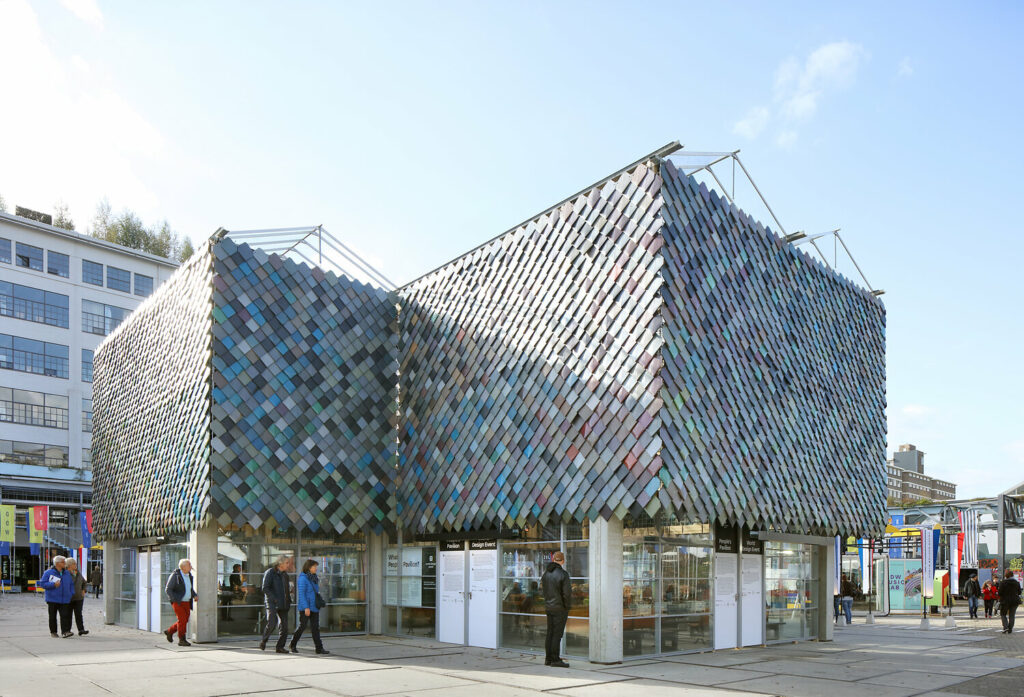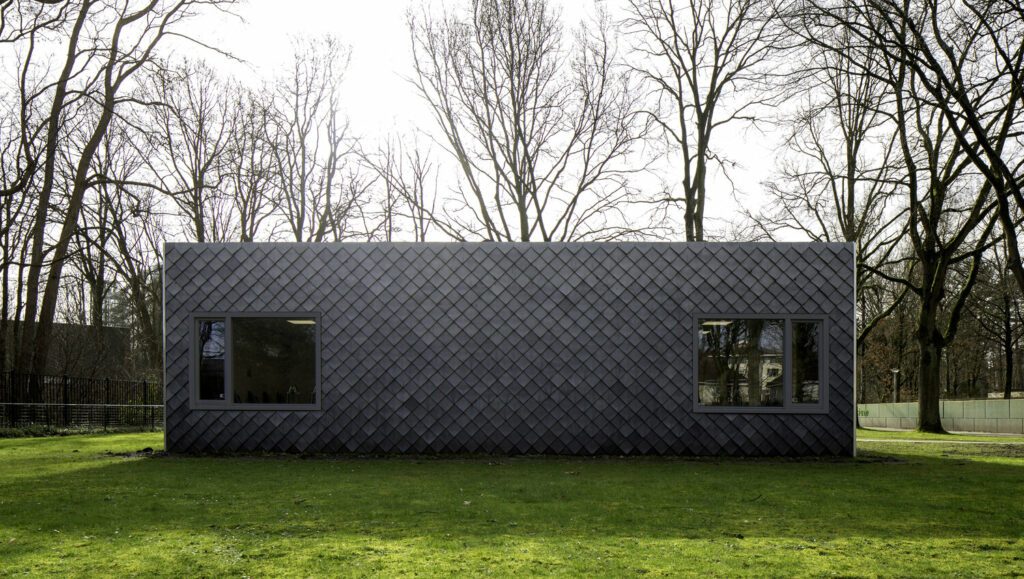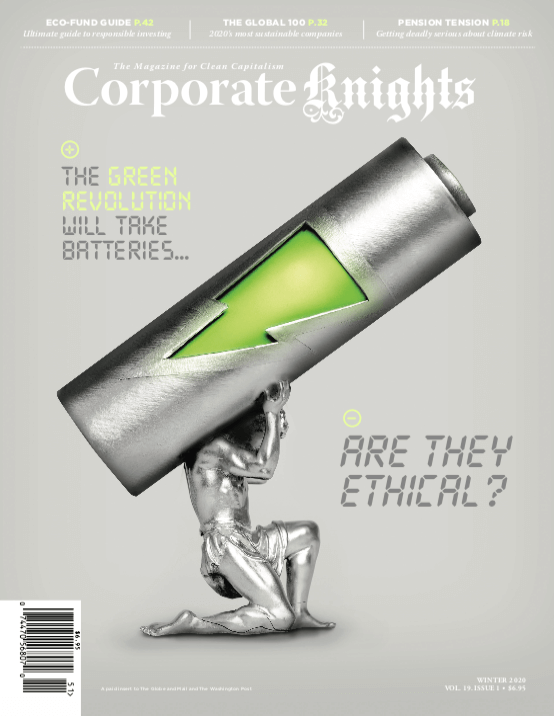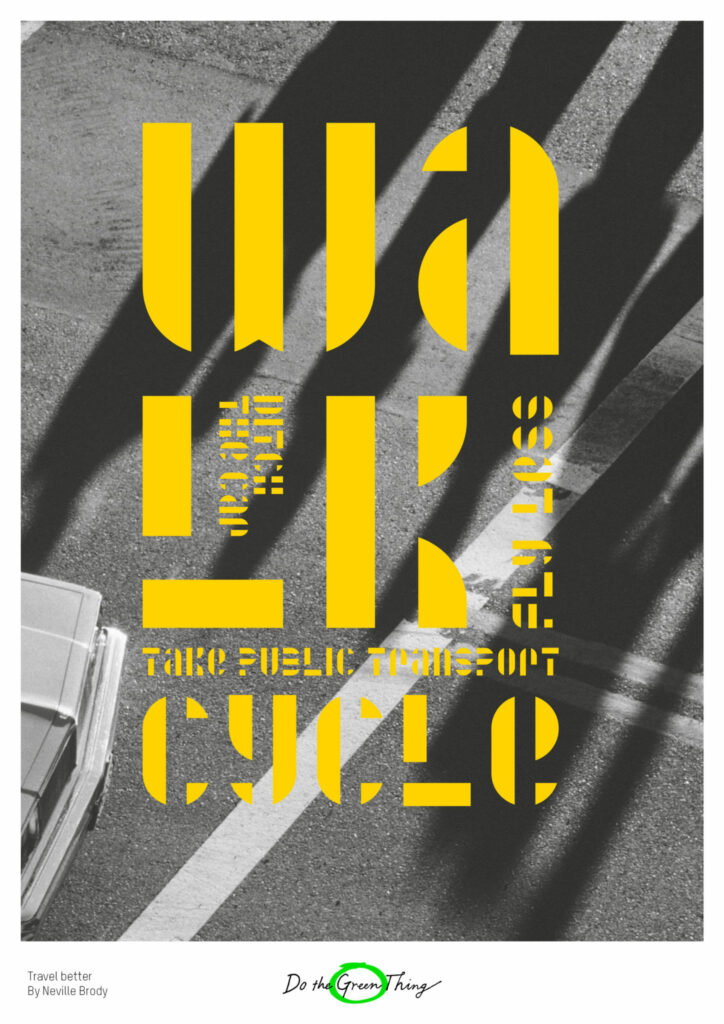„If things are bad, that’s good.” – Bruce Mau
Because when things are bad, then people seek a solution. And this is especially true for designers, who feel the urge and obligation to take action and find a solution when complex problems arise.
Above all, things are really bad when we have a look at climate change. Fortunately, there are designers out there, who take their responsibility to make an impact and develop solutions for the good.
In this blog post I want to introduce a few innovative projects for climate action. The platform “WHAT DESIGN CAN DO”, which has already published several books and articles on the subject, presents various brilliant ideas in its book “Good news for the planet. 31 brilliant ideas for climate action.”. The aim of this publication is to raise awareness for climate action, adapting to the consequences of change, and mitigating the causes. The following are examples which are illustrating the power of design to bring about change.
01: Plastic waste can be made prettier

By: Reinder Bakker, Hester van Dijk and Peter van Assche, Designstudio’s Overtreders W
and bureau SLA
Country: Netherlands
Discipline: Product Design, architecture
The Story of Pretty Plastic – from waste to resource: How it started
The first project, which the designers Reinder Bakker, Hester van Dijk and Peter van Assche from the designstudio’s bureau SLA and Overtreders W did together, was a café in an Amsterdam park called, Noorderpark, where all the materials were bought second-hand on the internet.
Another co-production of the collaborating designers is a self -built Pretty Plastic Plant with idea of upcycle plastic waste. It started when they got hold of a shipping container full of household plastic garbage, where they immediately knew that this is more than just waste. They saw the potential of a beautiful building material and designed a tile from upcycled plastic. The designers visited the best plastic product producers in the Netherlands to present their design of the building tile, but there was only little interest.
To prove that plastic upcycling can be competitive and have identity and character they designed and built their own machine park – the Pretty Plastic Plant. Their solution is simple: sorting plastic household waste carefully by type and color before it is processed, it can become to a stronger and brighter result than the original product. Anyone who brings their plastic garbage to this hands-on recycling site can witness the whole transformation process from scrap to product.
For different interior design projects, the Pretty Plastic Plant produced more than a thousand unique tiles, what led to a n even greater project. In 2017, they designed the cladding of the facade of the main pavilion for the Dutch Design Week, the People’s Pavilion. It consisted of 9.000 unique plastic upcycled tiles, all made from resident’s household plastic waste. After that, the Belgium recycling company Govaplast became Pretty Plastic’s production partner and engineered the production.

Since 2019, Pretty Plastic tiles can be applied onto any building. In January 2020, the first new building with cladding of Pretty Plastic tiles was delivered.

02: Crazy Experiment to sway investors
Corporate Knights – The Voice for Clean Capitalism
Toby Heaps’ mission is to push companies to adopt more environmentally conscious practices. He is founder and CEO of Corporate Knights, which is a media and research company in Toronto founded in 2002. One of his tools is the Magazine for Clean Capitalism `Corporate Knights`, distributed quarterly as an insert in the Globe and Mail and Washington Post.
Heaps sees ‘Corporate Knights’ as kind of a crazy experiment to see if it makes a difference and people will start to take better decisions when the right information is getting into the right people’s hands. Since 2005, the magazine is ranking the world’s 100 most sustainable companies as key strategy in shaping corporate culture. Today, ‘Corporate Knights’ is also known as a lobby group and a platform for such initiatives as the Council for Clean Capitalism, a multi-industry group of leading Canadian companies dedicated to advocating economic and social policy changes that reward responsible corporate behaviour and remove barriers to clean capitalism.
The vision of Corporate Knights is to provide information empowering markets to foster a better world. As one of the world’s largest circulation magazines focused on the intersection of business and sustainability, Corporate Knights is the most prominent brand in the clean capitalism media space. It is also the first print business magazine and research firm in the world to be a Certified B Corp. B Corps must meet rigorous standards of social and environmental performance, accountability and transparency. As an example, their website is powered by 100% renewable electricity from Canada.
By: Toby Heaps
Country: Canada
Discipline: Media and research
03: Do for Nature what you did for Clients
“[…] If creative communications have persuaded us to consume in a way that impacts our planet for the worse, then it can be used to inspire us to try out things that have a more positive impact on the environment.”
This is what the online platform ‘Do the Green Thing’ by communication experts Andy Hobsbawm and Naresh Ramchandani stands for. They call for designers to get creative against climate change. The platform offers designers a chance to make a change for the world by doing the thing they do best – to get a message across to the public. Whether graphic designer, copywriter, animator, art director or photographer, everybody is invited being part of Doing the Green Thing. The aim is to use the power of creative work to make people pause, smile, think and act. Already more than 500 creatives contributed to this campaign by making films, posters, podcasts and products.
With Do the Green Thing everybody has the chance to play one’s professional part in saving the planet. It is a public service for the planet that uses creativity to tackle climate change. More than 45 million people have been inspired to live more sustainably.
By: Andy Hobsbawm and Naresh Ramchandani
Country: United Kingdom
Discipline: Communication design










